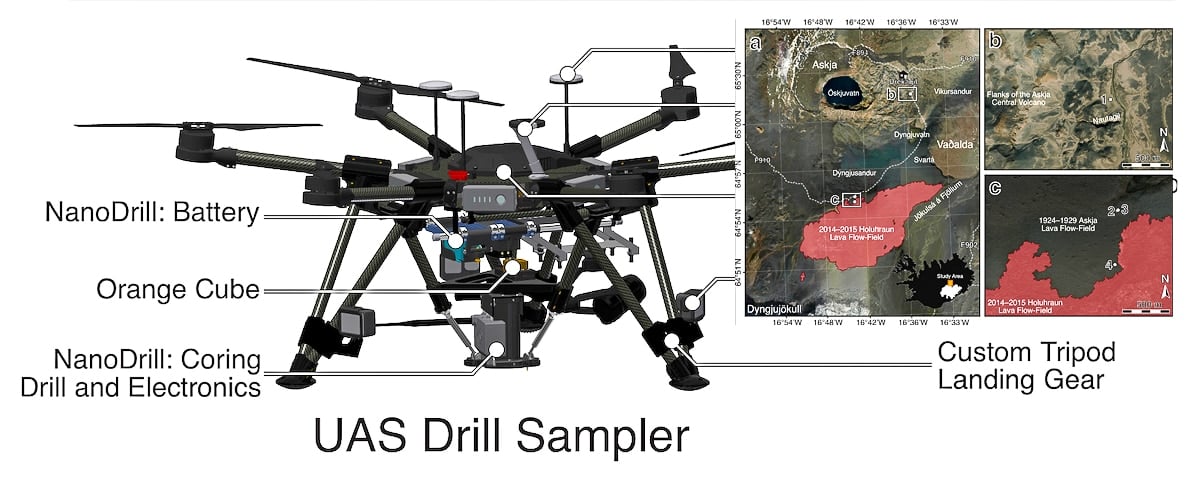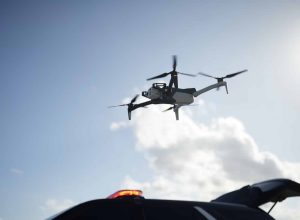DJI Drones Dig Deep for Mars and Earth: How Earth’s Pioneers Inspire Martian Exploration (and Vice Versa)
Picture a DJI Matrice drone soaring over a Martian crater, collecting soil as if it were performing for the big screen. What once seemed like mere science fiction is rapidly becoming reality. Drones are ushering in a new era where the boundary between imaginative vision and everyday technology is delightfully blurred.
Why Are We Talking About Drones on Mars?
Can drones operate in space or on Mars? Here on Earth, devices like the DJI Matrice 600 have revolutionized sectors like filmmaking and construction, but Mars presents unique challenges. While conventional drones aren’t viable in the void of space due to the lack of air for rotor lift, alternatives like cold-gas thrusters are possible. Mars has an atmosphere too thin for normal rotors; nonetheless, NASA’s Ingenuity helicopter proved in 2021 that flight on Mars is doable. This opens a path for terrestrial drone advancements, particularly from DJI, to enhance complex missions beyond Earth.
DJI Matrice 600: An Out-of-this-World Heavy-Lifter
The DJI Matrice 600’s reputation is built on its capability and adaptability, traits that may one day make it a Martian explorer itself, albeit highly modified. On Earth, it’s acclaimed for its modular design, allowing carrying of various equipment like LiDAR and multispectral cameras. This flexibility makes it invaluable for numerous applications, including geological surveys, conservation efforts, and construction in challenging environments. Imagining a version optimized for Mars entails larger, faster rotors, lightweight construction resilient to cosmic conditions, and smart autonomy for navigation without traditional systems like GPS.
Earth-to-Mars Tech Transfer: How Each World Makes the Other Better
Every success and lesson from drones in earthly terrains feeds into adventures on Mars and vice versa. The thinner Martian atmosphere prompts design innovation, with lessons like rotor speed advancements enhancing drones on Earth. Similarly, the autonomy required for Martian mission navigation now enhances algorithms for earthbound uses such as search-and-rescue missions. These bi-directional advances spur progress in energy systems and AI capabilities, driving forward applications both terrestrial and extraterrestrial.
Real-World Examples: DJI Matrice in Action
The endless capabilities are already visible in initiatives like the Dragonfish Pro and DJI Matrice executing comprehensive mapping and disaster relief operations. In China’s construction sectors, drone swarms move massive loads to remote sites. Meanwhile, conservationists in Hawaii employ drones for biological control, a feat unimaginable just years ago.
Practical Guide: Unlocking the Potential of Powerful Drones (for Mars and Earth)
Utilizing industrial drones demands careful planning:
- Step 1: Clarify your mission—identify data, payload, and flight needs.
- Step 2: Choose suitable drones like the DJI Matrice 600 for complex tasks.
- Step 3: Observe terrestrial regulations, noting any drone registration or certification required.
- Step 4: Prepare by testing payloads and simulating flights, especially in challenging areas.
- Step 5: Stay inspired; share insights as today’s bold ideas forge tomorrow’s frontiers.
The Human Factor: Why Our Team Loves This Frontier (and Why You Should, Too)
Behind every aerial triumph stands a dedicated team of innovators. From engineers who transform ideas into results to adventurous pilots tackling formidable conditions, and partners challenging engineering boundaries. Our philosophy underscores drones as embodiments of human curiosity.
The Bottom Line: Drones “Dig Deep” Because We All Dream Big
The future of drones straddles both Earth and Mars, with groundbreaking capabilities unlocking mysteries on dual fronts. DJI’s Matrice series isn’t heading to the Red Planet just yet, but the aspirations and tech innovations they embody are ready to propel wonder across worlds.













